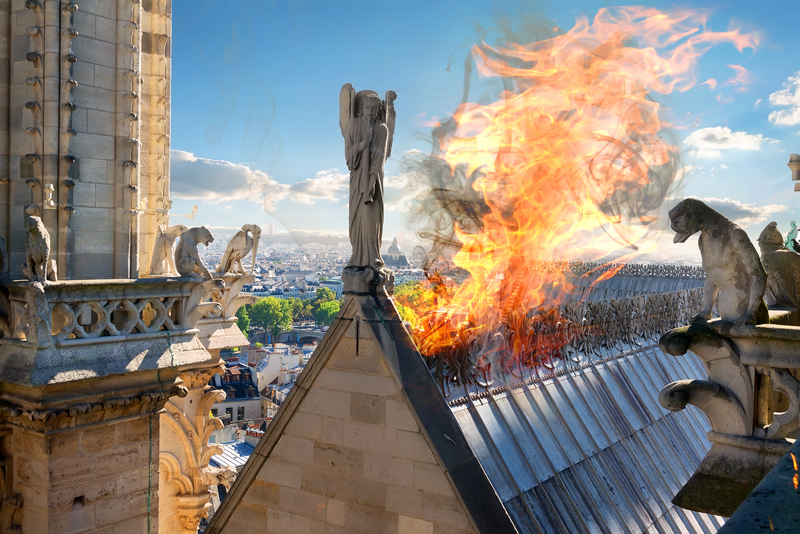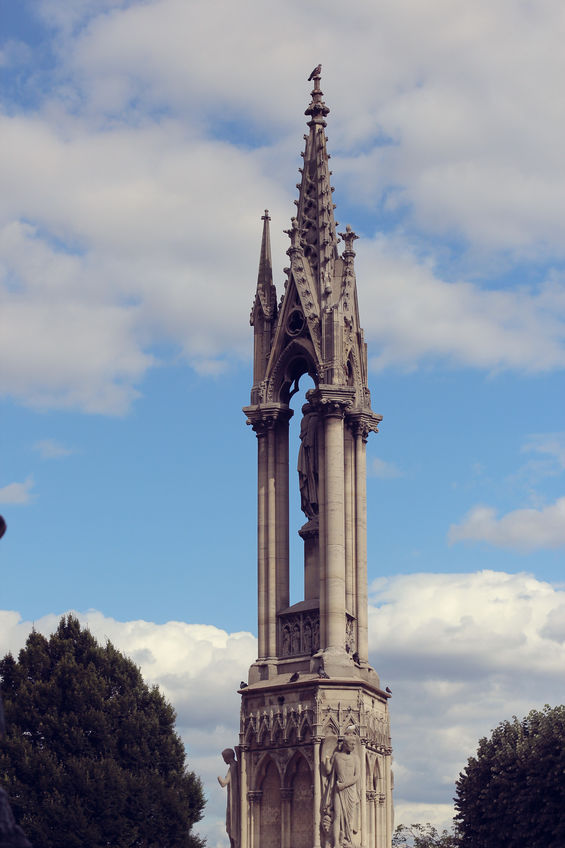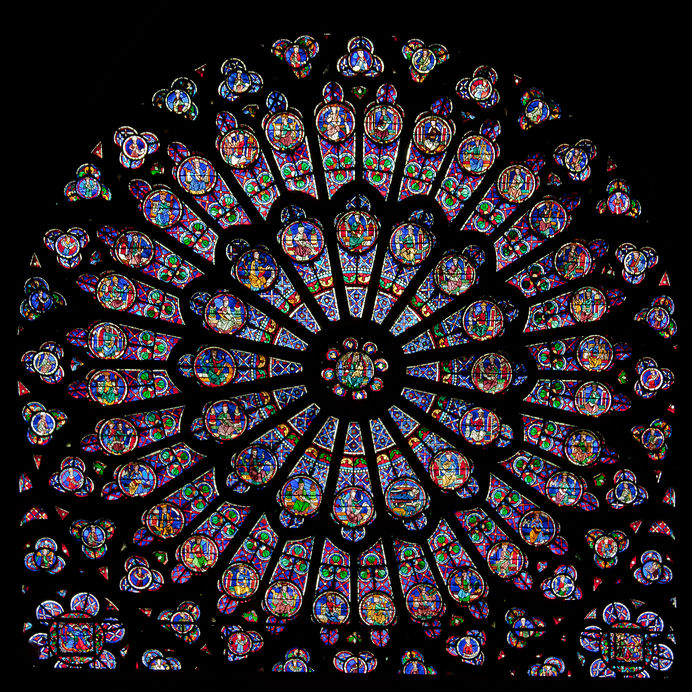Category: France
Restoring The Notre Dame Cathedral

“We will rebuild Notre Dame together,” pledged France’s President, Emmanuel Macron directly following the fire that caused widespread destruction to the 850-year-old gothic cathedral in April of 2019. The French and the global community appear unified in the goal to rebuild the NotreDame as $1 billion has been raised so far toward that effort. However, exactly what restoration will look like is a different story.
On May 27, the French Senate passed a bill ordering that the cathedral, which lost its iconic 90-meter spire to the fire, must be restored to exactly the way it was before. The bill also removes a clause giving the government the power to override planning, environmental and heritage protection, and public regulations, which means the Senate and National Assembly must agree on a final version before it becomes law.
How to restore the Notre Dame is the international architectural controversy du jour. We may yet see an even newer bill that will impact the final plans. More than half the French want it rebuilt as it was, with one quarter favoring a more modernist approach.
Here at Mosaic Construction, we believe that if a classic structure could be as faithfully restored as possible, then it should.
“Watching the fire unfold was significant to me,” says Andy Poticha, our Principal and CEO, who spent his honeymoon in Paris in 1991. “Visiting the Notre Dame Cathedral was one of my most memorable events. As someone trained in architecture, it was very difficult to see one of the world’s premiere monuments almost completely burn down to the ground.”
While we’re not cathedral or gothic specialists, we understand first-hand the value of restoring properties to their original form. The Notre Dame Cathedral is an architectural, historical, and cultural feat that deserves a triumphant restoration.

The Challenges Of Restoring Such a Structure
President Macron and Prime Minister Édouard Philippe want the cathedral rebuilt within five years, which critics believe is unrealistic. It’s worth noting the Herculean effort required for the full restoration, including but not limited to archaeological and forensic expertise.
“Evidence for the evolution of that building is in the physical fabric, so you’ll need an army of archaeologists all over it to better understand which parts they’re repairing and what they belong to,” says architectural historian and broadcaster, Jonathan Foyle. “The stripped roof and upper masonry will reveal aspects of the building’s history which probably haven’t been understood. Notre Dame has virtually no building records. We know (that construction) started in 1163 and was basically completed by about 1240, but there are no building accounts.”
John Burton, an architect and a surveyor of conservation, who works at Canterbury Cathedral and Westminster Abbey, predicts a painstaking forensic process of sifting through valuable debris that will require special committees to assess each of the elements, “from stained glass to gold plating. It will then be down to a master architect to bring the overall design together.”

Architect Peter Riddington, who worked on the restoration of Windsor Castle after it was damaged by fire in 1992, refers to these groups as committees of taste. “My guess is they will need to have a committee of taste to make decisions on even the most fundamental things like, what is the cathedral, once restored, going to look like,?” he adds.
Once this preliminary work is completed, the building process can begin but only by the highest level and most specialized of trades.
“A lot of people in the stone industry become sculptors … but cathedral work is very, very different,” according to Christian Frenzel, an Australian cathedral stonemason, who recently restored gargoyles at the Smyth Memorial Chapel located inside Adelaide’s West Terrace Cemetery. “Some people who have worked for 50 years as stone masons would not be allowed to do cathedral work. It is very elite…Tracery windows have to be millimetre perfect and if there are flower ornamentations on there, then that will have to be almost perfectly replicated.”
Controversy Over Modern Design
We’d be remiss if we didn’t mention that the Notre Dame experienced previous restorations. “Notre Dame is not a building that has been fossilized in time, Foyle said. “It has not remained static since the early 13th century.”
For example, it’s prominent spire was the product of a restoration in the 1800’s, made taller and more elaborate by architect Eugène Viollet-le-Duc. The same restoration included profound changes to the facade and interiors. Yet that’s hardly the same as many contemporary proposals.
In the immediate aftermath of the fire, Prime Minister Philippe announced a competition for original ideas for the cathedral, and designers flooded Instagram with their renderings. Some were outlandish, including installing a swimming pool on the cathedral’s roof.
“I believe that Notre Dame should be resorted to what it was. Period,” says Poticha. I don’t understand changing anything or making it different.”
He’s not alone.
“I think the problem is that architects want their intervention to be visible,” says Frank Matero, University of Pennsylvania architecture professor and chair of historic preservation. “They see the creative act as highly visible. But the best restoration is that which is invisible.”

Restore to Its Original Form
Though the specter of additional changes hovers over the current Senate bill, the French and preservationists writ large have spoken, and their voices are loud and clear to restore the Notre Dame to its original form.
“It still is a Gothic cathedral,” says Frenzel. “To fulfil traditional conservation and restoration guidelines, it has to be rebuilt as it was.”
The silver lining is what survived the fire. Firefighters were able to preserve the cathedral’s main structure, including the outer walls and two bell towers. Artifacts and artwork were saved as well, like the Crown of Thorns, the Blessed Sacrament, and more items.
“This is a 12th century masterpiece,” says Poticha. “I keep thinking about its historical significance.”
